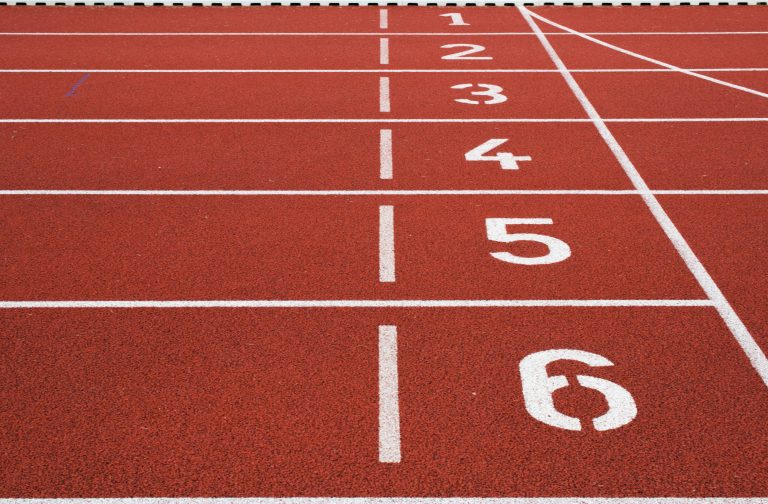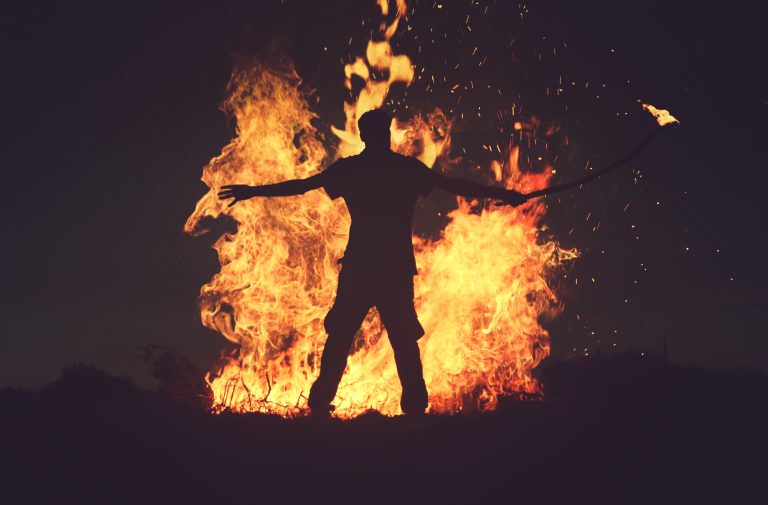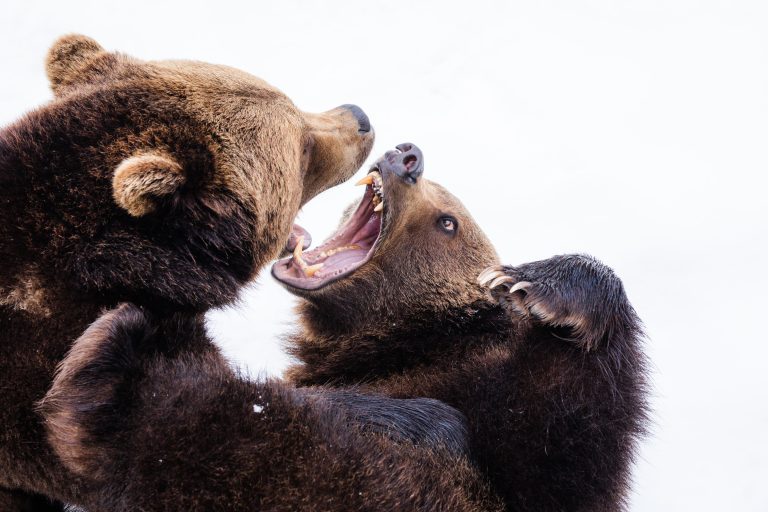The Meaning of Karate Kata in English: Explained
If you are new to karate, you may have come across the term ‚kata‘ several times. Put simply, kata is a collection of movements that simulate a fight against imaginary opponents. Each kata is unique in its own way and has a story to tell. In this blog post, we will break down the meaning of karate kata in English, exploring their origins, history, and significance.
What is Karate Kata?
Karate kata is a combination of moves and techniques performed in a specific sequence that simulates various combat scenarios. Each kata has a specific theme, which includes defending against multiple opponents, using weapons, and blocking and striking techniques.
In essence, kata represents a sequence of movements that allow karateka (karate practitioners) to train techniques against imaginary opponents. In traditional karate, kata is an essential part of training and is considered the backbone of the martial art.
Origin and History of Karate Kata
The origins of karate kata date back to Okinawa, the birthplace of karate. Okinawa was once an independent kingdom, and due to its location between Japan and China, it was a melting pot of different cultures and traditions.
At the time, martial arts were banned in Okinawa, and practitioners had to train in secret. One way to hide their training was by disguising it as dance, and this is how kata was born. The movements in kata resemble dance-like motions, making it easier for practitioners to conceal their martial arts training.
Over time, Okinawan masters developed their kata, adding new moves and techniques that would train karateka to improve their fighting skills. These kata were passed down from generation to generation and eventually evolved into the different styles of karate that exist today.
Significance of Karate Kata
Kata is an indispensable part of karate training, and there are several reasons why it is so significant. Firstly, kata allows karateka to train techniques and movements without a partner, making it a great form of solo practice. This allows the practitioner to focus on their form, balance, and breathing.
Kata also helps develop memory, as the practitioner must memorize the sequence of movements and techniques. This is essential in combat situations, where a fighter must react quickly without thinking.
In addition, kata trains a karateka’s overall physical fitness, including strength, flexibility, coordination, and endurance. The constant repetition of movements helps develop muscle memory, allowing practitioners to execute techniques accurately in real-life situations.
Lastly, kata also teaches important skills such as focus, discipline, and self-control. Performing kata requires concentration and discipline, and the practice of kata cultivates a sense of calm and self-awareness.
The Meaning of Karate Kata in English
Kata is a Japanese word, and in English, it translates to ‚form,‘ ‚pattern,‘ or ‚model.‘ Though the word has several meanings, ‚form‘ is the most commonly used translation in the context of karate kata.
Each kata has a unique name, and the names are derived from various sources such as animals, historical events, or philosophical concepts. For example, the kata ‚Heian Shodan‘ means ‚peaceful mind level one‘ and is one of the basic kata in Shotokan karate.
Other commonly practiced kata in karate include ‚Bassai Dai,‘ ‚Kanku Dai,‘ ‚Tekki Shodan,‘ and ‚Empi.‘ Each kata has its own story to tell and is an essential part of a karateka’s training.
Introduction
Karate is a highly-regarded martial art that originated in Okinawa, Japan. It is widely practised all over the world with millions of people involved in karate training. Karate involves a variety of techniques, including punches, kicks, throws, and strikes that are executed with both hands and feet. One of the fundamental aspects of karate is Kata, a routine of pre-arranged movement and blocks. In this post, we will answer some frequently asked questions about the karate kata meaning in English.
What is Karate Kata?
Kata is a solo training exercise that involves a sequence of martial arts techniques performed in a series of structured movements. The movements of Kata are designed to develop a karateka’s physical abilities and mental focus. Kata can be seen as a dance-like series of movements, with each individual technique designed to simulate a combat situation. When executed correctly, the karateka should feel as though they are in a fight with an imaginary opponent.
What is the Meaning of Karate Kata in English?
Karate Kata translates to ’shape‘ or ‚form‘ in English. In karate, Kata serves as a way to demonstrate techniques and to practice them repetitively. Each Kata is made up of a sequence of movements that simulate various attack and defensive techniques, and every Kata has its own unique name.
What is the Purpose of Karate Kata?
The purpose of Kata is to develop essential karate skills, including balance, coordination, speed, strength, and concentration. Kata is also used to train karateka in the timing and breathing necessary to execute techniques correctly. Practicing Kata is a way to improve a karateka’s form and accuracy, which is essential when engaging in sparring or fighting.
What are the Different Types of Karate Kata?
There are many different types of Karate Kata, with each one having a different sequence of movements and unique purposes. Some of the most widely known Karate Kata include:
- Heian Kata
- Tekki Kata
- Bassai Kata
- Kanku Kata
- Empi Kata
- Gankaku Kata
- Jion Kata
- Nijushiho Kata
Each Kata has its own meaning and focus, and it is important for karateka to learn and practice as many Kata as possible to improve their karate skills.
How are Karate Kata Evaluated?
Karateka are evaluated on their Kata performance during examinations for their belts. The evaluation focuses on the execution of the techniques, the timing and power of the movements, and the general form and accuracy of the student. Demonstrating a proper fighting spirit and attitude is also an essential part of the evaluation process, as karateka must show discipline and commitment to the art.
Understanding the Meaning of Karate Kata in English
Introduction
Karate is an ancient martial art that originated in Okinawa, Japan. It is a form of self-defense that involves the use of unarmed techniques to protect oneself. There are many different aspects to karate, but one of the most important is Kata. In this guide, we will explore what Kata is, how it is used in karate, and what the different Kata mean in English.
What is Karate Kata?
Kata is a series of movements that are performed in a specific order. It is a way to practice and perfect karate techniques, and to develop muscle memory. There are different types of Kata, each with its unique set of movements and techniques. The movements of Kata are designed to be executed with precision and power, and each movement has a specific purpose.
How is Kata Used in Karate?
Kata is an essential part of karate training. It is used to teach and reinforce techniques and to develop muscle memory. When performing Kata, the karateka (the person practicing karate) visualizes an opponent and performs the techniques as if fighting that opponent. This helps to simulate real-life situations and prepares the karateka for self-defense.
What are the Different Karate Kata?
There are many different karate Kata, each with its own unique set of movements and techniques. Here are some of the most commonly practiced karate Kata, along with their meanings in English.
Heian Shodan (Peaceful Mind One)
Heian Shodan is the first Kata taught to beginners in Shotokan karate. It consists of 21 movements and is designed to teach basic techniques such as punches, blocks, and kicks.
Heian Nidan (Peaceful Mind Two)
Heian Nidan is the second Kata taught to beginners in Shotokan karate. It consists of 26 movements and is designed to teach more advanced techniques than Heian Shodan.
Heian Sandan (Peaceful Mind Three)
Heian Sandan is the third Kata taught to beginners in Shotokan karate. It consists of 20 movements and is designed to teach techniques such as knife-hand blocks, backfist strikes, and spinning kicks.
Heian Yondan (Peaceful Mind Four)
Heian Yondan is the fourth Kata taught to beginners in Shotokan karate. It consists of 27 movements and is designed to teach more advanced techniques such as jumping kicks and combination strikes.
Heian Godan (Peaceful Mind Five)
Heian Godan is the fifth and final Kata taught to beginners in Shotokan karate. It consists of 23 movements and is designed to teach techniques such as elbow strikes and throwing techniques.
Bassai Dai (To Penetrate a Fortress, Major)
Bassai Dai is a more advanced Kata that is commonly practiced in Shotokan karate. It consists of 42 movements and is designed to teach techniques such as throws, joint locks, and strikes to vital points.
Kanku Dai (To View the Sky, Major)
Kanku Dai is one of the most complex and advanced Kata practiced in Shotokan karate. It consists of 65 movements and is designed to teach advanced techniques such as aerial kicks, spinning kicks, and throws.
Conclusion
Karate Kata is a vital part of karate training. It is a way to practice and perfect techniques, develop muscle memory, and simulate real-life situations. Understanding the meaning of the different Karate Kata in English is an important step in mastering this ancient martial art. By practicing the different Kata regularly and with precision, one can achieve mastery of the techniques and become a skilled karateka.
Inhaltsverzeichnis





